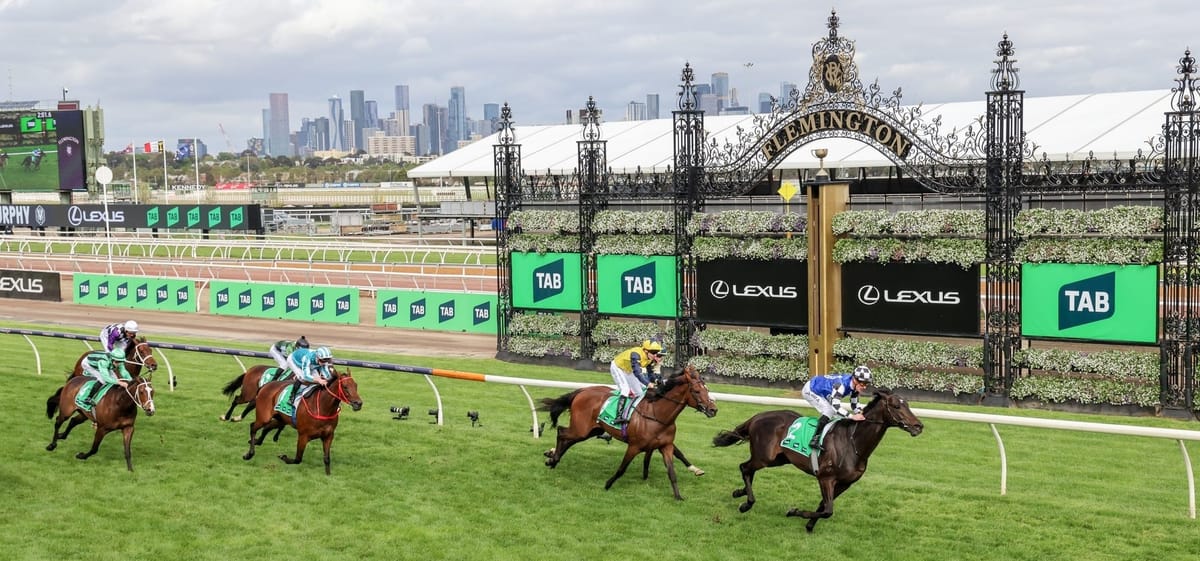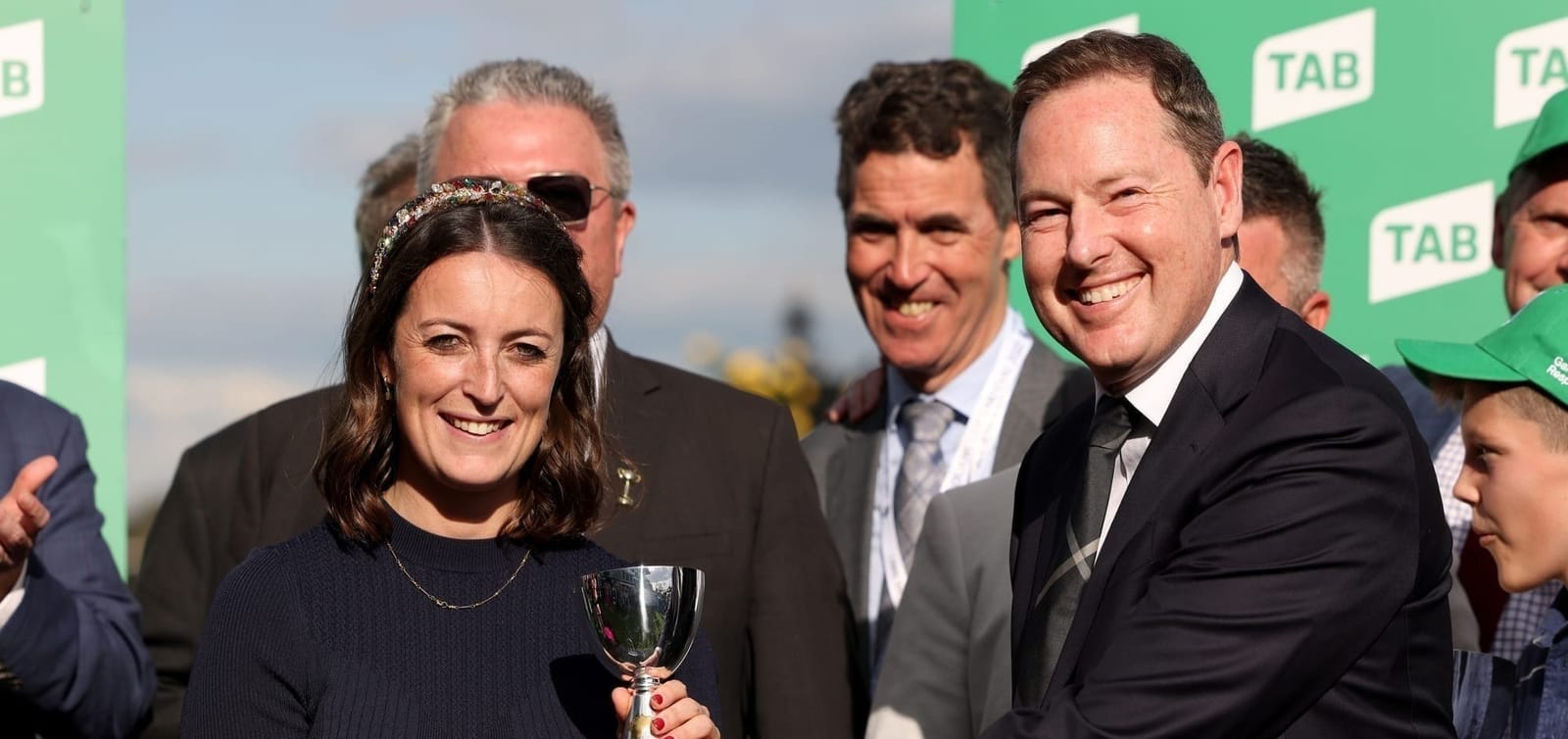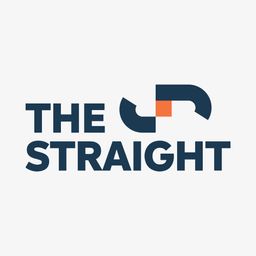That incumbent Tabcorp won the battle for the Victorian wagering licence was no shock. That it managed to secure a deal for 20 years, the equivalent of several lifetimes in the wagering world, was a surprise.
The headline figure was $864 million, with $600 million of that to be delivered by June next year and the remainder flowing through as a $30 million annual contribution to the Victorian state government until 2044.
What it gives Tabcorp is a long-term exclusive hold on the retail and parimutuel betting licence in Victoria, extending a position it has held since 1994.
The major change this time around is that there is no ‘joint-venture’ funding agreement or requirement to contribute industry funding beyond the race fields fees and point of consumption tax that every other wagering operator needs to pay.

The strings that have linked the Victorian racing industry and Tabcorp ever since the latter was privatised 30 years ago have been cut. Tabcorp can now do what it likes with its retail product.
Significantly, as well as having a ‘level playing field’ in taxation, it has also been confirmed Tabcorp now owns all of the customers accrued under the joint venture deal.
The market has already made its call on whether this is a good deal for Tabcorp, with its shares surging some 25 per cent by lunchtime, recovering the losses it had incurred since October.
This was much-needed good news for a company struggling for traction ever since the demerger which saw its wagering and media assets cut from the far more profitable lottery arm in 2022.
Several suitors have circled the wagering and media business, which has sought to redefine itself in a hyper-competitive wagering industry.
After a string of bad news stories, managing director Adam Rytenskild and his team looked to have got a much-needed ‘W’ on the board.
So was $864 million the right price?
It’s hard to ascertain. The previous joint venture in Victoria, signed in 2012, saw $410 million paid upfront but its annual value to both parties slumped by 39 per cent by 2023 as the parimutuel model faltered.
In comparison, overall wagering on Australian thoroughbred racing has more than doubled in that time frame.
It’s also hard to provide a comparative valuation to other deals. Entain’s NZ TAB 25-year deal earlier this year is the most recent one of this magnitude. That deal was $NZ160 million upfront, amounting to $NZ1 billion over the first five years. Still, the New Zealand market is far less mature with the opportunity that Entain can develop a monopoly.
TAB NZ looked a slam dunk for Tabcorp a couple of years ago only for Entain to swoop in and land the prize. Because of those circumstances, the Victorian deal was one Tabcorp could not afford to lose.
There were a couple of major rivals for the Victorian licence, but in the end Tabcorp was the only one who valued exclusivity.
If Sportsbet, Australia’s market leader, was to be involved, it would have been on a shared basis with Tabcorp.
What we do know is that 20 years is a long time.
Think about how different the wagering landscape was 20 years ago.
In 2004, 74.9 per cent of turnover on Australian racing was through parimutuel pools and just 3.3 per cent through ‘internet’ bookmakers. The most recent figures from 2021/22 put parimutuel wagering at 16.7 per cent and corporate bookmakers at 65.5 per cent.
Such a change in punter behaviour would have been impossible to predict back then. There have been massive changes in wagering regulation, while technological changes, in particular the smartphone, revolutionised betting.
So how can we know what the betting landscape in Australia might look like in five years, let alone in 2044?
Tabcorp has promised the new deal will lead to innovation and ‘ignite the Victorian aspect of its wagering business’. Certainly, it should now be uninhibited by its relationship with the government.
However, you’ll excuse punters if they wait and see. Tabcorp hasn’t exactly been renowned for innovation in the past.
As for the State government, their response to what is a significant announcement was somewhere between underwhelming and puzzling.
Securing nearly $1 billion in revenue would usually see it singing in the streets but announcing it in the pre-Christmas ‘dead zone’ for news, it was marked as a win for ‘harm minimisation’.
This is a government which generates $2.2 billion in tax revenue on gaming machines, lotteries and casinos compared to around $300 million in taxes from racing and sports betting.
From its release on Monday, it sees unattended TAB machines as an unacceptable risk to its commitment to harm minimisation. It’s baffling really, but a sign of how politically toxic the broader betting industry has become.
So, how will the $600 million be divided up? Tabcorp has said that’s up to the state government to decide and the various parties, including the three racing codes, will be making their representations ahead of the first cheque landing in June.
There will also be $15 million of additional transitional funding for each of the first three years.
It could certainly fill some short-term holes for Racing Victoria, which has been contemplating for some time the end of the joint venture, which contributed $130 million to its bottom line last financial year.
The Jacinta Allan-led government did give the three codes a 50-50 split of point of consumption tax from July next year when it goes up to 15 percent and that will go some way to replacing the loss of joint-venture funding.
However, that deal also further exposes the industry to the trend of wagering turnover, which has been heading south for much of 2023.
The government promised Racing Victoria it would be no worse off under any new deal, but whether it materially benefits from the $600 million windfall is yet to be seen.






